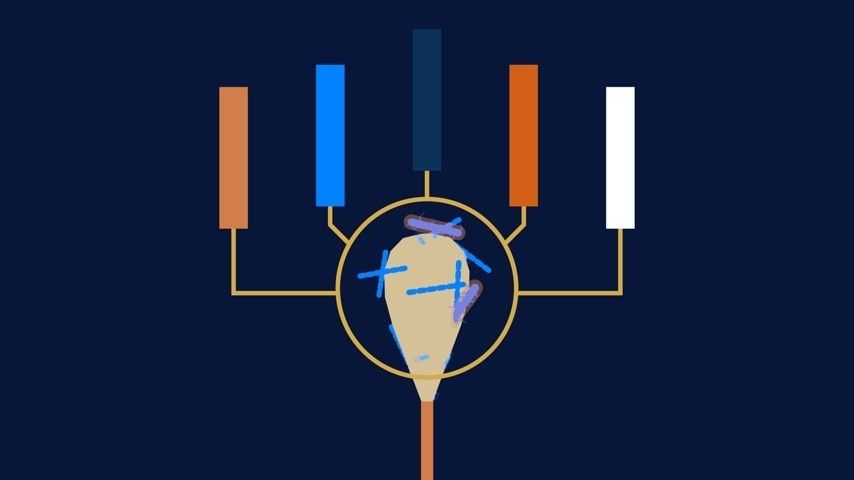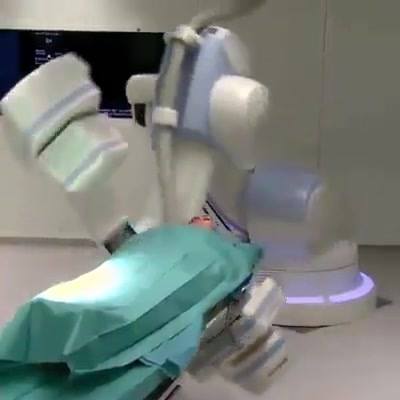Ever since technological advancements made drones possible, people have warned of the potential dangers of weaponised UAVs (unmanned aerial vehicles), which could effectively become murderous slaughterbots we need to defend ourselves against.
Now, it looks like those fears have become a reality. The Russian Ministry of Defence claims its forces in Syria were attacked a week ago by a swarm of home-made drones – the first time such a coordinated assault has been reported in a military action.
According to the Ministry of Defence, Russian forces at the Khmeimim air base and Tartus naval facility “successfully warded off a terrorist attack with massive application of unmanned aerial vehicles (UAVs)” last Friday night.







